Introduction
Like salmon, walleye, herring, and whitefish, catfish is a healthy alternative source of protein for both humans and animals alike. So long as you cook it thoroughly and make sure that it contains no bones, you are allowed to feed it to your pet.
In today’s article, we’ll look at whether you can feed raw or cooked catfish to your dog, what its benefits are, and whether there are any risks in doing so.
Every dog can have individual nutritional requirements, depending on their health, weight, and age. For this reason, before introducing any new food type into your dog’s diet, it’s recommended that you first consult your vet.
Benefits for dogs
Omega-3 acids
Omega 3 fatty acids have a number of benefits that are undeniable for both people and our pets. They are great for your pet’s brain and cardiac health, and they also keep your dog’s vision in check.
Even though catfish is a freshwater fish, so it contains lower amounts of omega 3 fatty acids than saltwater fish, it’s still a good source and affordable source.

Low cholesterol
Dogs get most of the nutrition they need nowadays from commercial pet food. However, most dogs that don’t get enough exercise and those that have been neutered or spayed, have a higher risk of becoming obese. Catfish is lower in cholesterol compared to other animal protein sources, such as pork.
Low mercury
Despite it being quite healthy, ocean fish can be contaminated with traces of mercury, but also other potentially dangerous substances. Fortunately, this is not the case with most freshwater fish, including catfish.
Easy to digest
Fish (and catfish makes no exception) is very easy to digest, especially when compared to red meat and other proteins.
But for the same reason, it won’t keep your dog as full as a meal composed of other types of protein. On the other hand, it won’t cause the same digestive problems that other meat kinds can cause (indigestion being one of them).
Benefitial for senior dogs
It’s widely known that senior dogs should have a diet that’s different from that of healthy young adult dogs. This is because they are more likely to develop a number of chronic health conditions.
Feeding catfish to older dogs is safe, and it provides them with the nutrition they need.
How much to feed
As you know, dogs come in different sizes, so you can’t feed the same amount of catfish to a Saint Bernard and a Yorkshire Terrier, for example.
Although there are no specific veterinary guidelines for feeding catfish to dogs, no matter their weight, it’s generally acknowledged that one to two cups a week is more than enough.
Catfish can be considered a treat if you already feed your pet a balanced commercial diet. Therefore, it should make up about 10% of their weekly nutrition.
Potential risks
Catfish can pose a health threat to your dog if you don’t cook it properly and if you don’t remove its bones.
Fish bones are small and brittle, so your pet might not even realize when they’ve swallowed one or several. They can get lodged in your dog’s throat or a segment of their digestive system, which can lead to an emergency visit to the vet clinic.
Feeding raw catfish to your dog is usually not a good idea, and that’s because all animal protein sources can be contaminated with bacteria and other germs. A piece of raw fish can be contaminated with Salmonella, and it can cause severe gastrointestinal problems or food poisoning.
Preparing the food
The best way to feed catfish to a dog would be to boil or steam it. It takes up to ten minutes for the fish to be completely cooked through.
The reason we recommend this cooking method above all others is that you will be able to remove the bones easily once the fish meat is tender. Place the bones separately in a bowl and then re-check the fish for any other tiny ones that might have escaped your examination.
Since there are health problems associated with feeding onions or garlic to your dog, we advise against using condiments or seasonings. Avoid adding salt to the cooking water, too, since it provides no nutrition to your pet, and it’s also unhealthy.
Do not feed fried catfish to your dog as it is very calorie-rich, and it can be too heavy on their digestion.

Serving ideas
If catfish is something you can spare and your dog doesn’t seem to be that interested in eating it steamed or boiled, you can get a little creative and turn it into a treat.
Mold the cooked catfish meat into nuggets and bake them in the oven for a crunchy treat. To make it even more interesting, you can place a spoon of peanut butter into the middle of the catfish balls or nuggets.
If your dog has a hard time eating dry pet food, you can merely blend the cooked catfish meat and turn it into a paste. You can add some paste to their canned food as a supplement or give them a spoon or two once in a while as a treat.
Conclusion
Dogs are allowed to eat catfish as a treat if it is completely cooked and deboned. Pet parents should avoid adding any butter or oils, garlic, onion, or seasonings when steaming or boiling them.
Raw catfish is a no-go as it can cause food poisoning, as well as a variety of gastrointestinal complications. If you have any concerns, make sure you talk to your vet before adding catfish to your dog’s diet.
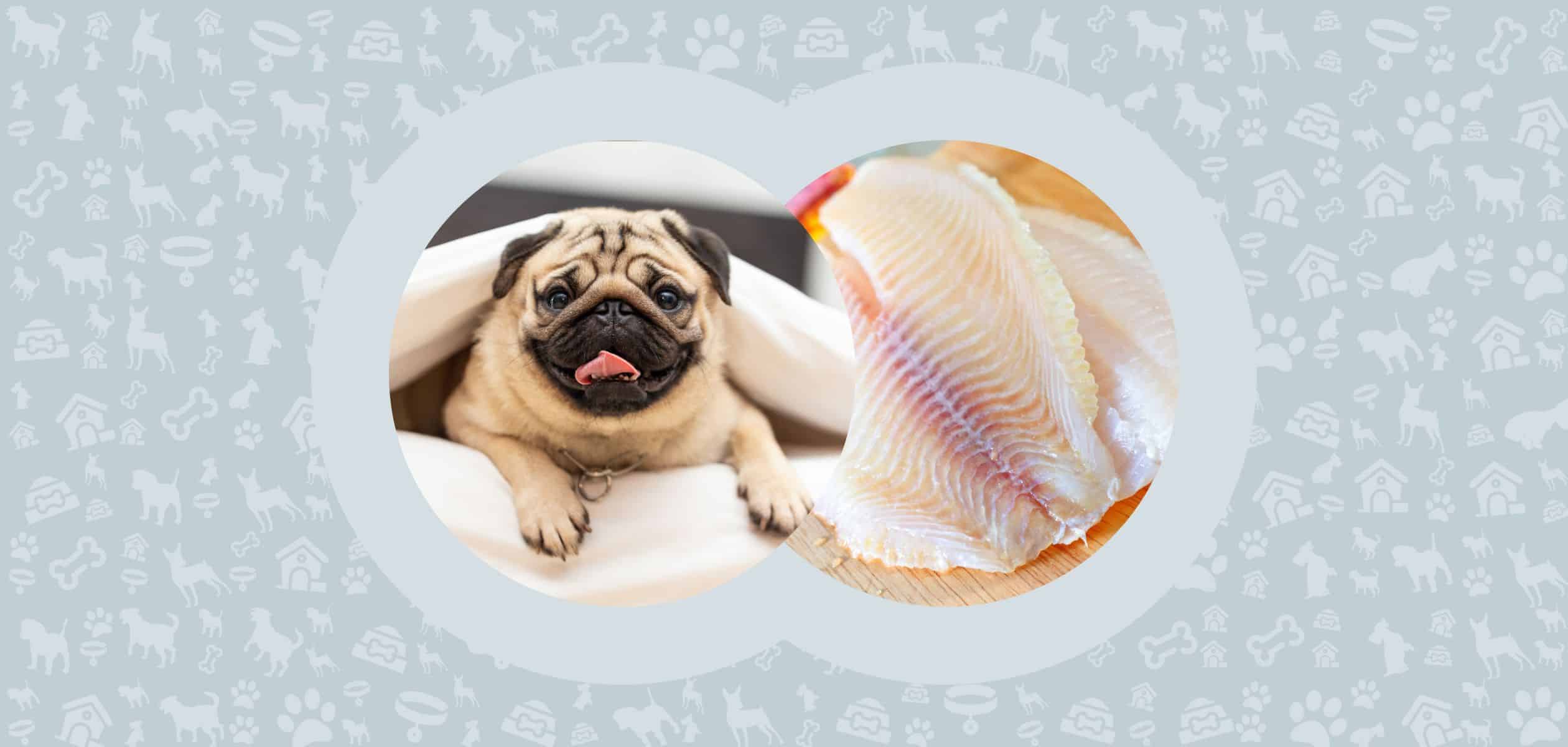
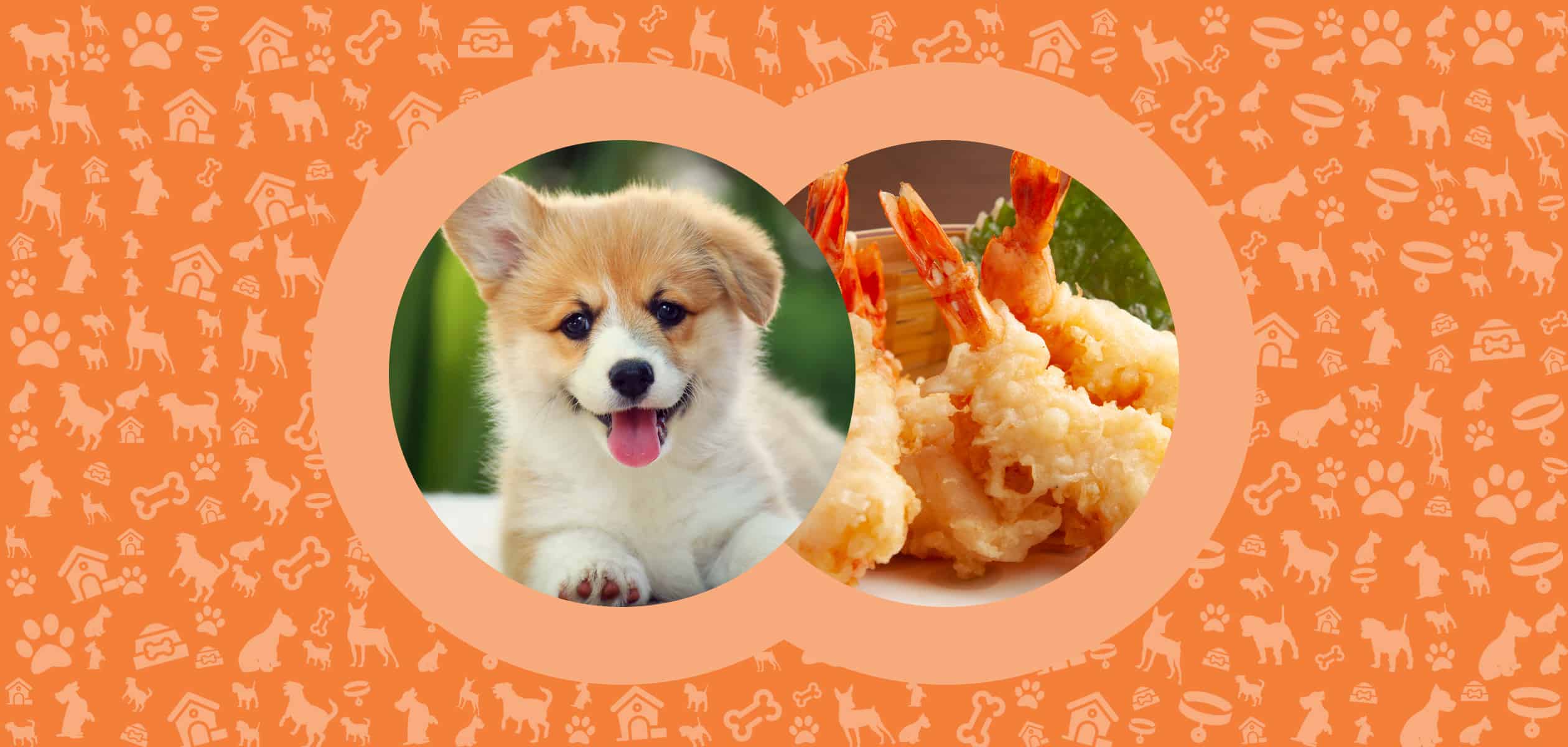
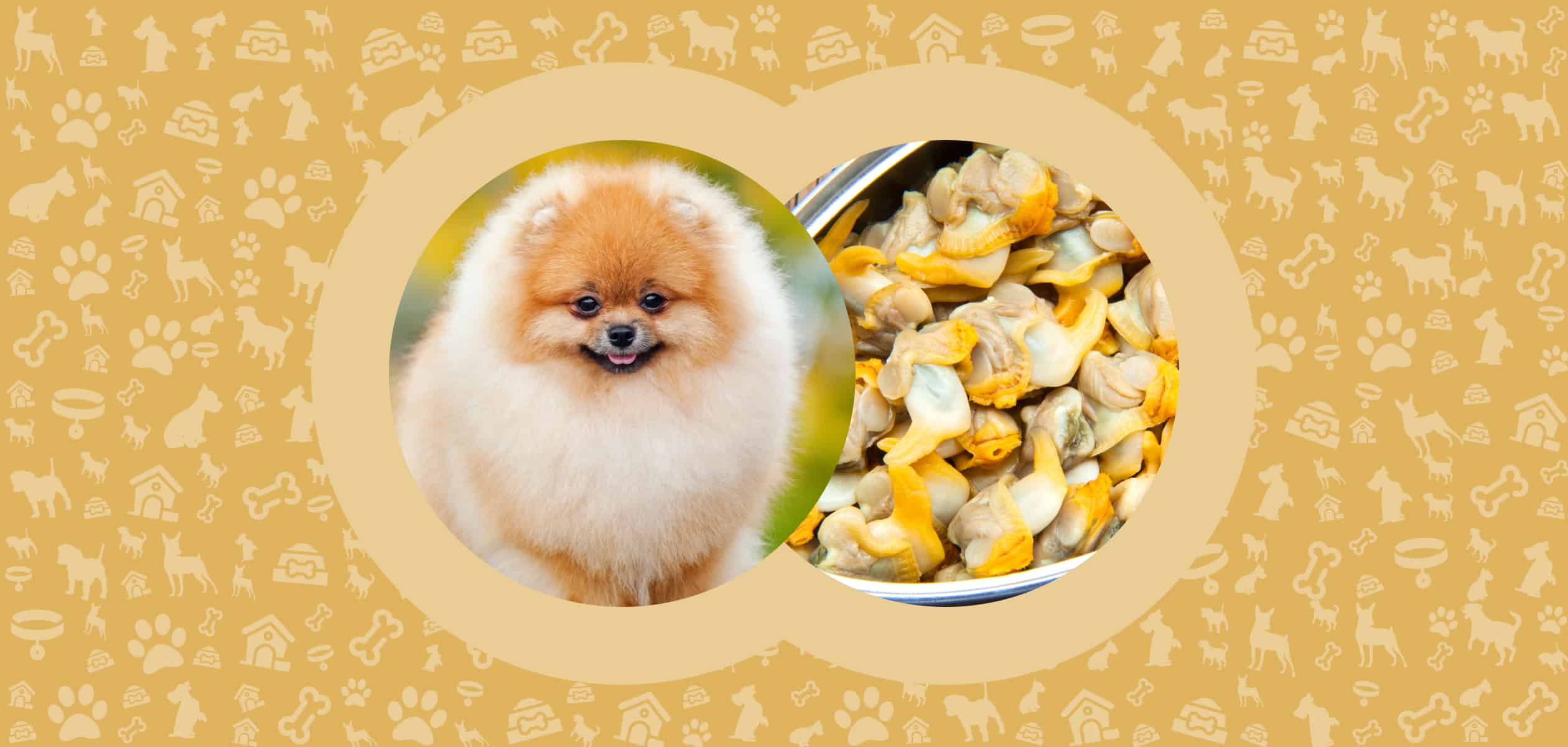
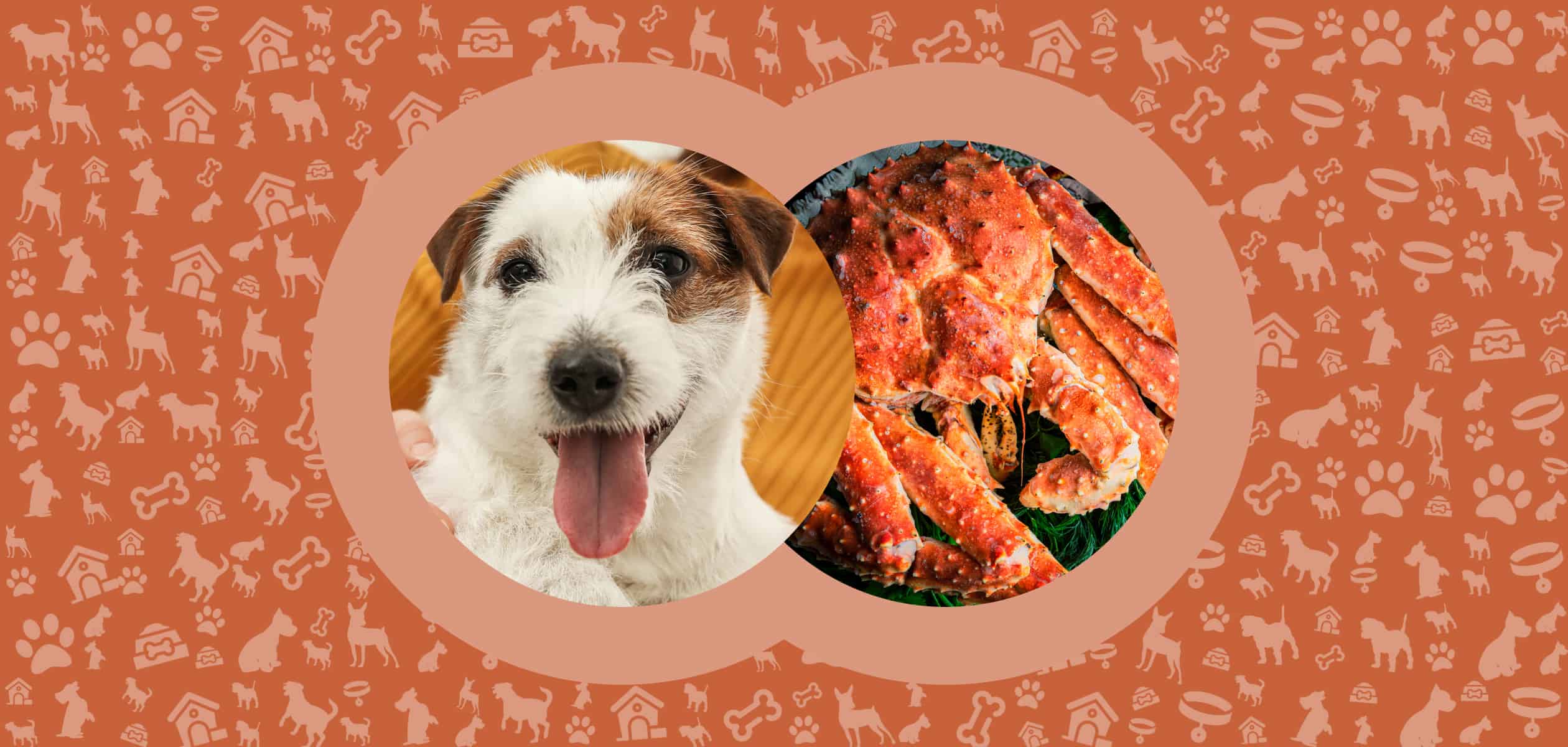
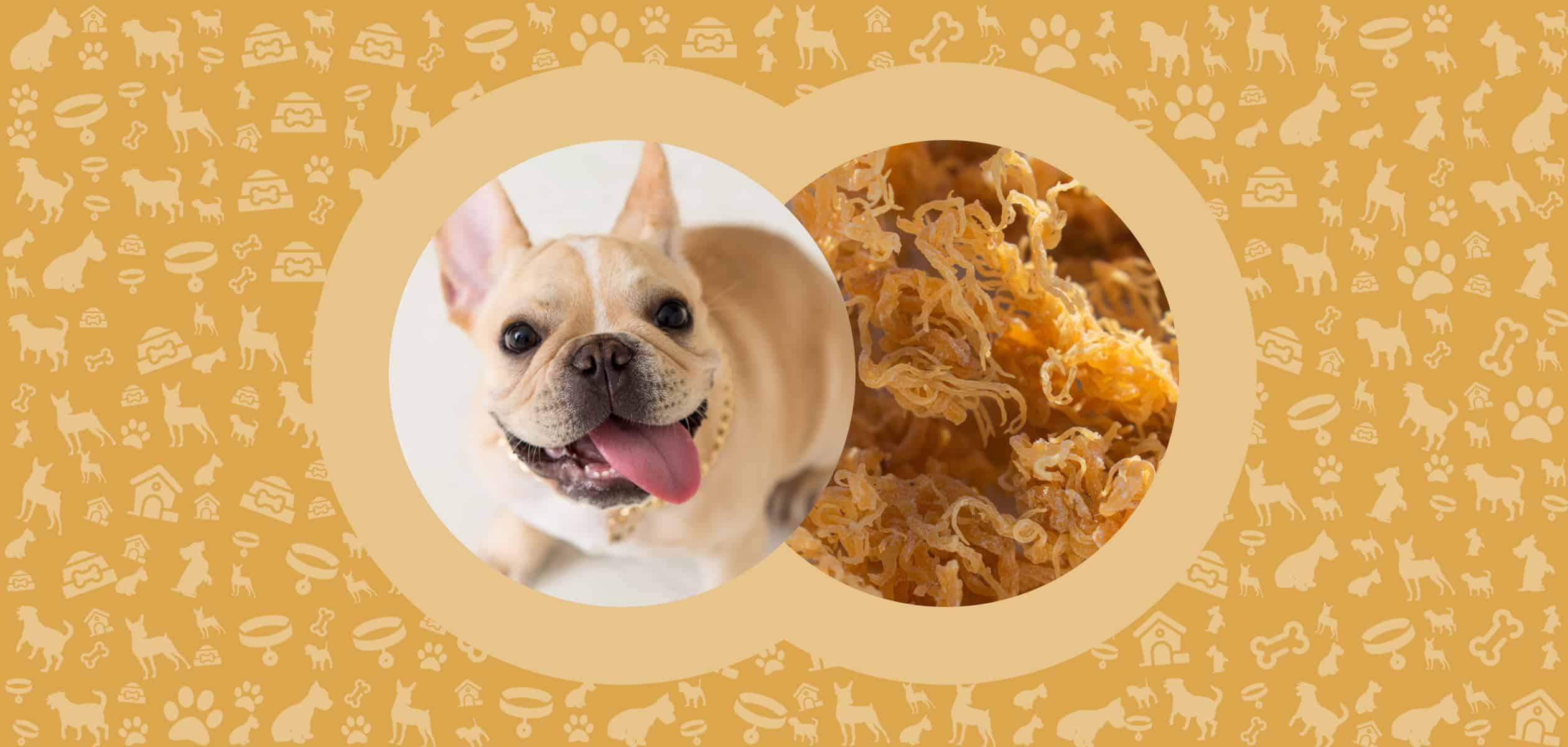
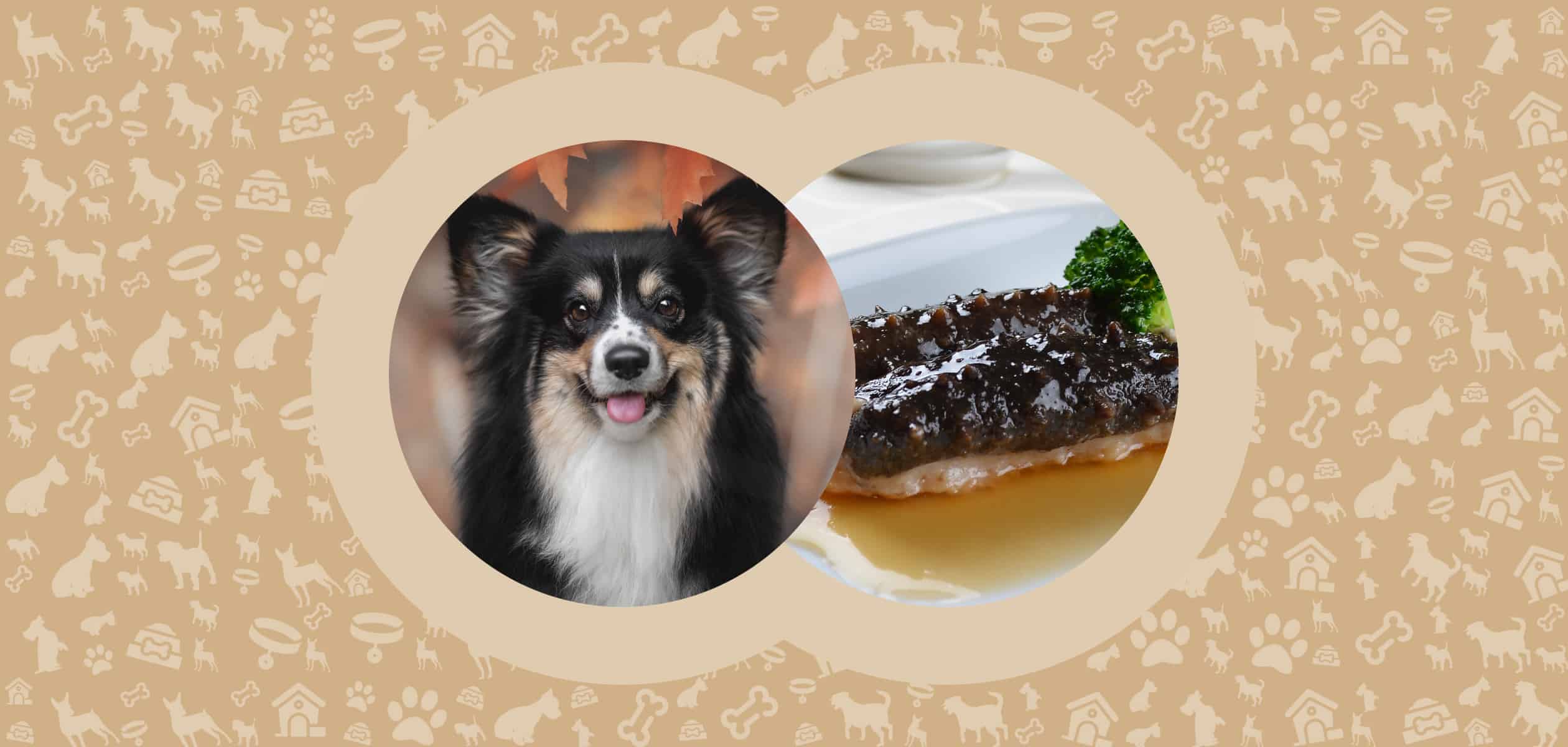

Leave a Comment